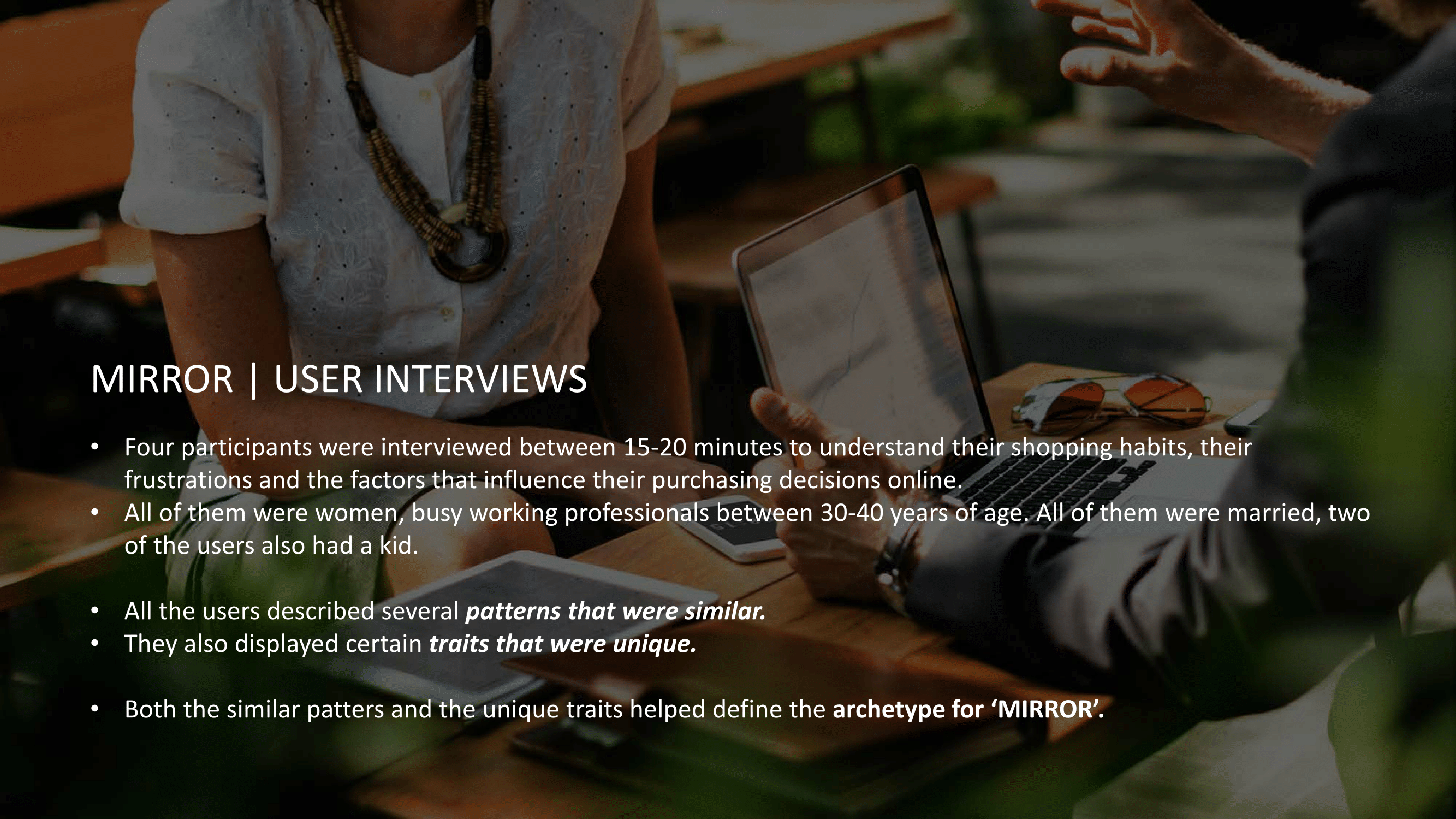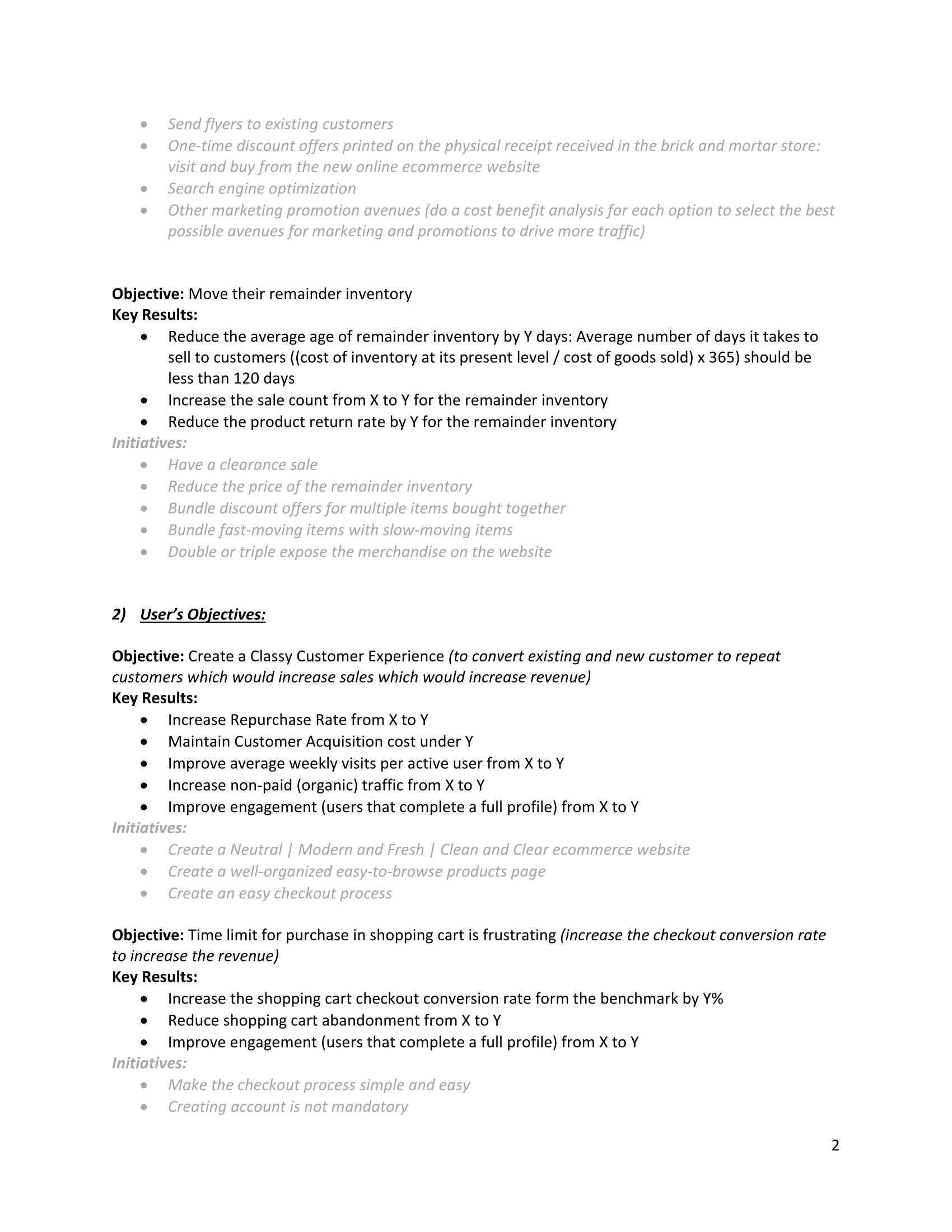














































The Idealist: Sustainability beings at home
(young professional, believes in climate change and wants to be more sustainable)
The app has two versions: The 'Guest-side' of the app, for people who want to rent a car and the 'Host-side' of the app, for people who want to list their car for rent.
The focus for this project was to look at the 'Host-side' of the app to make it easy, convenient and safe for the owners to list their eligible cars on InstaCar's market place.
Create the 'Host-side' of the 'InstaCar' App to easily enroll and list your car instantly
(eligibility for the car, income estimator, provide support and insurance for peace of mind)
User Experience Designer | Product Designer
Generative Research
Competitor Analysis
User Interviews
Research Findings
UX Strategy Blueprint
Persona
Empathy Map
Storyboard
Project Goals
Site Map
Design Alternatives
Task Flow & User Flow
Product Requirements
Wireframes | Responsive
Moodboard and Style Tile
High Fidelity Prototype
Usability Testing and Results
Affinity Map
Priority Revisions
UI Kit
Hand Off
Today’s mobility landscape is irrational and inefficient where most cars are used less than 5% of the time. The new cars of today are increasingly ‘Smart’ & ‘Connected’. It means that your car is generally available to anyone who wants to use it when you are not using it. This could significantly offset the cost of ownership and generate revenue for the owners.
‘InstaCar’ is a new peer to peer car-sharing company that allows ‘Host’ (car owner) to rent their cars to ‘Guests’ (car renter) for specific duration of time. The ideal ‘InstaCar’ host is Adrian | The Idealist: Sustainability begins at home.
He is a young IT professional working at Google in Silicon Valley. He is married to his wife Gita and they live in their new house in Dublin, CA. They recently bought their Tesla model S P75D through an Auto Loan from US Bank. This is their second car. Their monthly payment on the Auto Loan is approximately $1,200.
Since he does not drive the Tesla much, he is looking to monetize the idle asset to help make the car payments and also share the Tesla experience with others within the community who do not have cars. He feels that it is a good way to contribute to a better environment by participating in the broader sharing economy.
Analysis and synthesis of the 1-1 interviews lead to the following insights:
- Reduce vehicle-ownership cost by monetizing the idle asset
- Coverage of liability through insurance for vehicle damage or accident
- Host and Guest screening by P2P carsharing company
- Easy scheduling, access logistics and vehicle cleanliness
- Contribute to the environment by participating in the broader shared economy
- Perceived value of helping with vehicle access for people who do not have cars

Research began by looking at today's gig-economy (Uber/Lyft) as well as shared-economy (Airbnb/Yerdle). We quickly realized that today's gig-economy is neither 'collaborative' nor 'shared'.
We also analyzed the strengths and weaknesses of existing gig and shared mobility competitors like Uber, Scoop, Zipcar, Car2Go and GetAround. The focus was to evaluate what aspects of car sharing they did well and what could be further improved upon.
Five key ingredients were derived that entails a truly 'Collaborative Shared Mobility':
1. The core business idea involves unlocking the value of unused or under-utilized assets
2. The company should have a clear values-driven mission and be built on meaningful principles including transparency, humanness, and authenticity
3. The providers on the supply-side should be valued, respected, and empowered
4. The customers on the demand-side of the platforms should benefit from the ability to get services in more efficient ways that mean they pay for access instead of ownership
5. The business should be built on distributed marketplaces or decentralized networks that create a sense of belonging, collective accountability and mutual benefit through the community they build and operate in.
Five participants were interviewed to understand who they are, their lifestyle and whether they would be interested in renting their cars to earn extra income. Questions were asked to get insights into understanding their pain points, deterrents and apprehension regarding renting their car. We also tried to understand their motivations for listing their car for rent on the marketplace. All of the users were young working professionals between 25-35 years of age. They all had at least one Tesla.
We quickly realized the most important factor for sharing/renting their car was 'Peace of mind' that included guest screening, insurance coverage, safety, transfer logistics and 24/7 emergency support.
Based on initial research, three provisional personas were identified:
1. The Conventionalist
2. The Realist
3. The Idealist
They all differ on various dimensions:
The first persona is the most skeptical one, the conventionalist likes to remain in a familiar environment like renting from car rental companies or using their own car that does not need them to adapt strongly.
The second persona, the realist, does like to experiment with the newly introduced technology and features, but only favors those which really help them deal with making their life easy like not having to wait in a line to get a rental car. They would also be open to renting their own cars when not in use to make some extra money on the side.
The third persona, which is the idealist, likes the idea of P2P car sharing the most. They are technically adept and has comprehensive experience when it comes to new technology. The idealist enjoys using the new technology that help leading a more sustainable lifestyle.
From the interview data a persona and an empathy map was created representing the main user group: The Idealist. The persona focuses on Adrian, a young IT professional working at Google in South Bay.
He and his wife recently bought a Tesla. Since he does not drive the Tesla much, he is looking to monetize the idle asset to help pay for the car and also share the Tesla experience with others within the community helping to educate them about electric cars and reducing carbon emissions.


Based on this need we decided to focus on designing a solution that would allow Adrian to share his Tesla easily with enhanced 'Peace of Mind'. We generated a number of sketches with various ideas and then developed a hybrid option that was an amalgamation of various elements from different sketches to refine further. Final sketches were put into a storyboard to show the screen flow from beginning to end.


Using the storyboard both a taskflow and a userflow was mapped out for 'Adrian'. The userflow shows how Adrian would first create an account on and then list his Tesla on InstaCar's market place.


Referring to the storyboard and userflow, low fidelity wireframes were built.
Emphasis was put on:
- Creating an easy, simple and elegant onboarding process
- Providing information about how things work and where to get help
- Providing support both while listing as well as renting cars
- Giving peace of mind through transparency during the entire process





The brand that was created for Mirror is one that represents sustainable, ethical and fair-trade practices. Lime green and brown were chosen as the primary colors to represent these values. The logo embodies these qualities depicted by collapsing the first letter 'M' and the last letter 'R' of the word 'Mirror'. The typeface was chosen to give the brand a simple, modern and elegant look.


High fidelity prototypes for usability testing were created using the mood board and style guide as reference

The wireframes were then used to create a high-fidelity prototype for usability testing. Tests were conducted with five users who closely aligned with the target user group of 'The Idealist'. The users were asked a few questions about their car renting experience and were then given the test. The users were asked to list their car on the 'InstaCar' market place: (create an account and then list their car following all the steps).
Everybody could complete the task easily without much of a problem. Some users noted that it would be better to have an eligibility criteria for the car at the beginning so that you do not have to go through the entire process to know that your car may not be eligible. Some screens could be combined like the 'VIN number' with the 'car information'. Radio buttons to be replaced with check marks for multiple selection.
This feedback helped us iterate upon the initial designs and ultimately create a more user-friendly experience. Priority revisions were made before hand off using Avocode.






It is estimated that in 2018, there were over 2.9 million individuals participating in P2P carsharing, making use of a combined fleet of over 131,336 P2P vehicles across six operators in North America (Shaheen, Cohen, and Jaffe, 2018). This number is only projected to go up in the coming years.
Looking back on the project, time permitting, it would have helped to also look at the other two user groups: 'The Conventionalist' and 'The Realist'. This would have brought additional value to the design approach.
Being a UX Designer has given me the opportunity to look at potential avenues for innovation like improving people's access to transportation by using idle car-assets within the collaborative shared mobility.